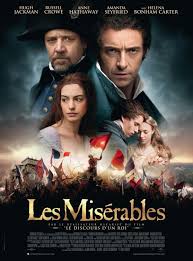
The story of Les Miserables is about a man called Jean Valjean, who was arrested for stealing a loaf of bread and served a prison sentence for twenty years. He then was released and broke parole, hunted by a policeman called Javert. Valjean learns that he was responsible for a girl's descent into destitute prostitution and agrees to rear her daughter for her as she dies, but this does not stop Javert. Javert does end up being conflicted, though when Valjean is shown to clearly be a good man, the arrest of whom would be immoral, but Javert's iron devotion to the law demands that he be arrested. Javert's solution is suicide. After that Valjean dies in the arms of his daughter and her husband Marius.
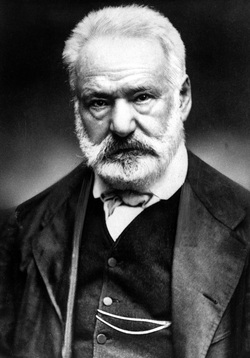
Les Miserables is originally a novel written by Victor Hugo. He wrote the novel in the context of political upheaval in France, and personal experience. The only reason the rebellion in the movie, the "June Rebellion," is noted at all by historians among the hundreds springing up in France at the time is that it is featured in Les Miserables. Victor Hugo chose this rebellion because he happened to be caught in it when it happened. He had just stepped out of his office when the guns began to go off, so he hid behind a pillar for hours until it was over.
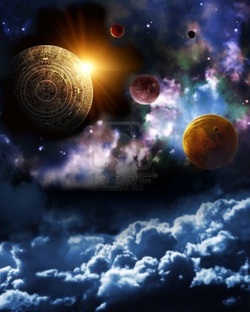
Self-fulfilling prophecies are a staple of Greek Mythology, and are present in Oedipus Rex. These prophecies are a brand that fulfill themselves by being known. Someone tries to avoid them and it ends up pushing them to the fulfillment of the prophecy.
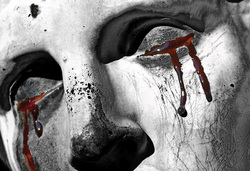
King Oedipus, the main character in the eponymous play, has some relations with many members of his family during the course of his life, but specifically his mother. He marries and has children with his mother. Along with this, Oedipus kills his father. Oedipus doesn't know what he's doing at the time, thinking that his mother and father are back in the city where he grew up, never knowing that he was adopted.
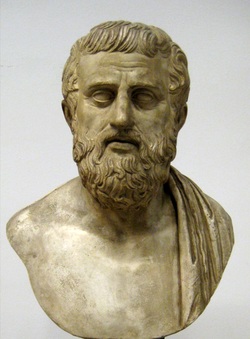
Sophocles is the playwright who wrote Oedipus Rex, or Oedipus the King, which we are reading in class. He was born into a wealthy family and is one of the few Ancient Greek playwrights to have plays survive to this day. Not all of his works survived, however his most famous trilogy (of which Oedipus Rex is a part) survived in its entirety.
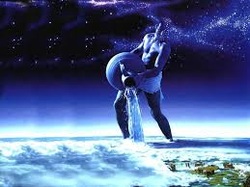
A mythology is a system of myths and legends with the same characters, usually a culture's deities and heroes. These stories are typically creation myths or entertainment. Mythologies are part of almost every culture in the world, but some are more famous than others, for instance, there is the Abrahamic Mythology, Greek Mythology, Norse Mythology, Hindu Mythology.

Comedy and Tragedy are the two biggest categories of theater. They are often symbolically represented by two masks, one with a smile, and one with a frown. This taxonomy is in no way set in stone, and is somewhat simplistic, however it is still the first thing that we ask when we go to see any form of media. This was the same for the Ancient Greeks
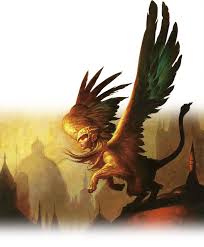
The Sphinx is a familiar concept to me, a giant lion with the head of a woman perching on ancient structures. However, I always place this image in context with Ancient Egypt, not Ancient Greece. I did not know that Sphinx were a part of Greek culture, or that they appeared in some of its most prominent literature.
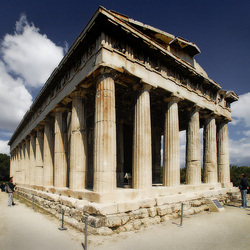
Recently, my group and I were assigned the task of presenting why Ancient Greece is still relevant in the modern world. My personal assignment was how their government is perpetuated in many of the most successful states in the world, specifically the United States. In addition to democracy, Ancient Greece gave us the Olympic Games, the marathon, and many theater traditions.
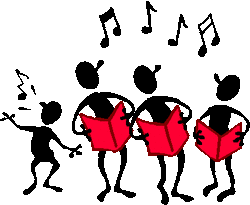
The Chorus is a staple of ancient greek theater. It is a group of players who are in the background and join into songs or dialogue in a very stylized manner. They typically act as a moral compass to the main character, or they could actually represent a group in the plot. This idea is perpetuated somewhat in the modern era of theater by the ensemble, who perform similar functions.










 RSS Feed
RSS Feed